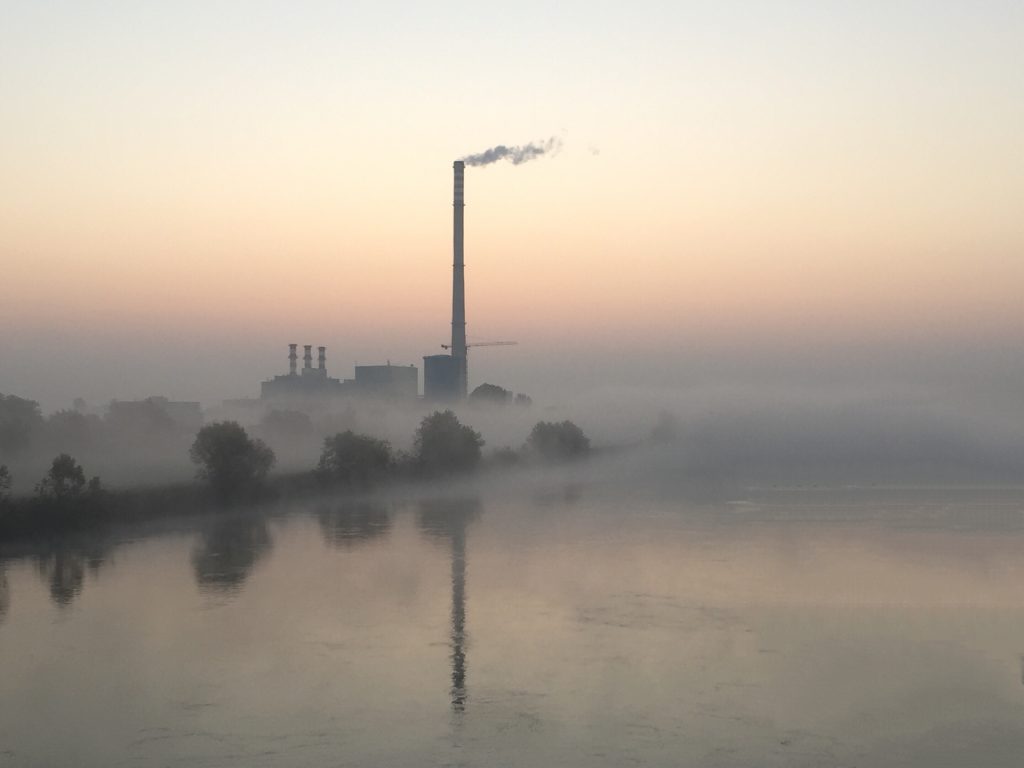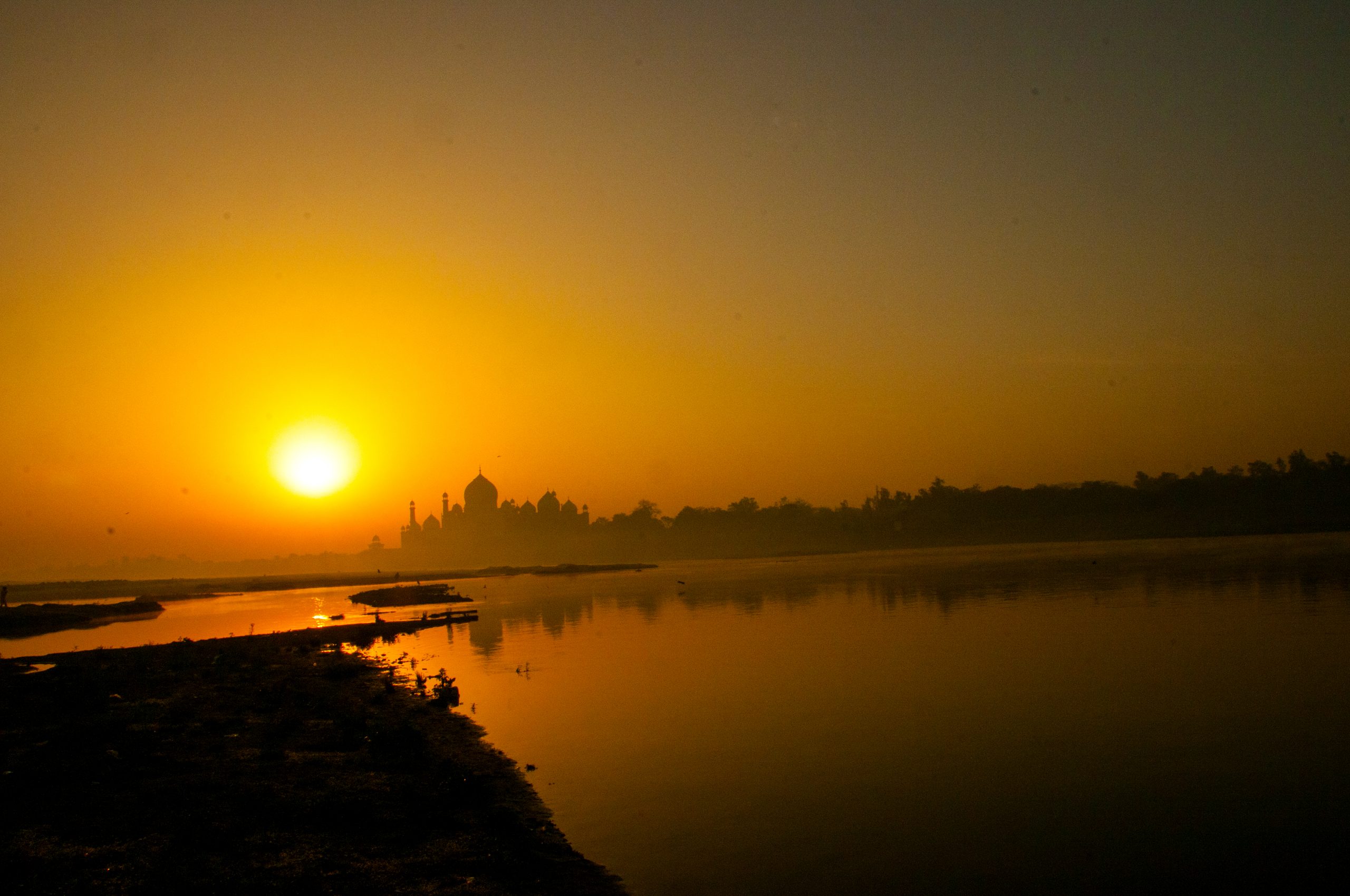Pollution in Delhi/NCR has been a problem for decades now. With a population that has officially crossed 600 lakh people. And a growing real estate and industrial sector. This issue is only bound to get worse with time.
This issue was painfully highlighted once again during the most recent festival season. When the air and water pollution in the city once again reached critical numbers. And the government had to issue emergency advisories to its citizens. We have seen the images of the Air Quality Index crossing 500, as people stand in the white frothy waters of the Yamuna. And if we do nothing, it will only get worse.
The government seems to agree with this sentiment. As they have just announced a Six Point Plan to Clean the Yamuna by 2025. The goal is to raise the quality of water to bathing standards at least.
The Chief Minister made a statement about the issue during the press conference. Saying that “It took 70 years for river Yamuna to become this dirty. It cannot be cleaned within two days. I had promised people in these Delhi polls that it would be cleaned by the next polls. We have started work on war-footing. We have chalked out a six-point action plan to clean the river. I am personally monitoring it. We will be implementing the action plan and are hoping to complete the cleaning work of the river by February 2025.”
Village Ways – New Approaches to Sustainable Tourism in Rural India
The plan to do so includes 6 steps as the name suggests.
- Building new sewage treatment plants. Currently, Delhi/NCR has about 41 common effluent treatment plants (CETPs). With a total capacity of around 597MGD per day. Unfortunately, there are still 11 industrial zones that don’t have any CETP’s. That still contributes to the sewage daily. The government plans to build at least 14 new plants to cover these areas.
- Increasing the capacity of existing plants. As we have mentioned above, Delhi has 41 CETP’s. With a total sewage treatment capacity of 597MGD a day. However, not all plants run at total capacity. With only about 540MGD being actually treated regularly. Even though the city generates around 750MGD of sewage on an average day. These numbers need to be seriously addressed if we want to bring the Yamuna back to life.
- Improving the technology of old treatment plants. As we have mentioned above, not all sewage plants run at total capacity. Out of the 41 CETP’s that the city does have. 13 only run at 20-2% capacity. 9 remain closed. And another 7 don’t treat water to the required standards. This means that more than half the sewage plants need a serious upgrade for the system to run properly. This means deploying a newer system with more up-to-date water treatment technology.
- Waste from jhuggi jhopry clusters to be properly diverted into sewers. This should be a common practice but doesn’t actually happen in real life. Since these places are officially deemed illegal constructions. They don’t get access to general utilities like sewage systems. Therefore, any waste that they create goes straight into the rivers. By changing this, we can prevent a large percentage of waste from polluting our rivers.
- Giving people sewer connections at affordable prices. In the previous point, we talked about people who don’t qualify for sewage services. But, even amongst the populace that that does qualify. A lot of people don’t always opt to get sewers installed. Because of the costs involved with establishing the setup. The plan is to install proper sewer connections in such areas. While keeping the costs nominal, so people don’t have to worry about their family budget.
- Desilting and rehabilitation of sewers. Even if we have the required sewage treatment capacity doesn’t mean we get the full use of it. Because a lot of the sewer infrastructure itself is not working at full capacity. Dust, dirt, plastics, and other pollutants often wreak havoc on the system. Causing sewers to get flooded and blocked. This becomes even more of an issue during the monsoon seasons. By desilting and rehabilitating these sewers. We can help them run at optimal capacity.

With these six steps, the government hopes to get control over the issue of water pollution in the Yamuna. Of course, implementing this will be a long and hard journey. But we hope that if done correctly. This plan will dramatically improve the condition of the river itself. And also the living conditions of the people that live around it.
*The data collected was taken from the report made by the Yamuna Monitoring Committee.
Download the Report from here.


Leave a Reply